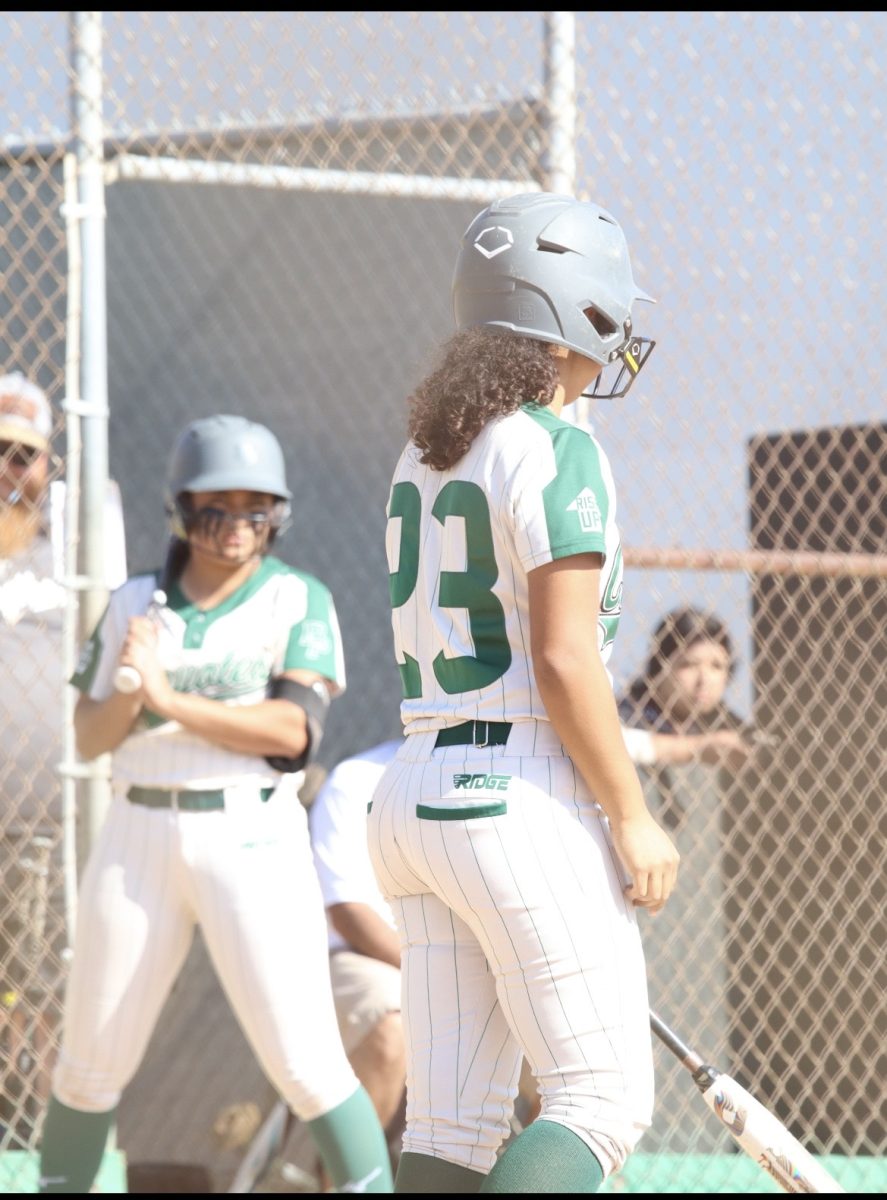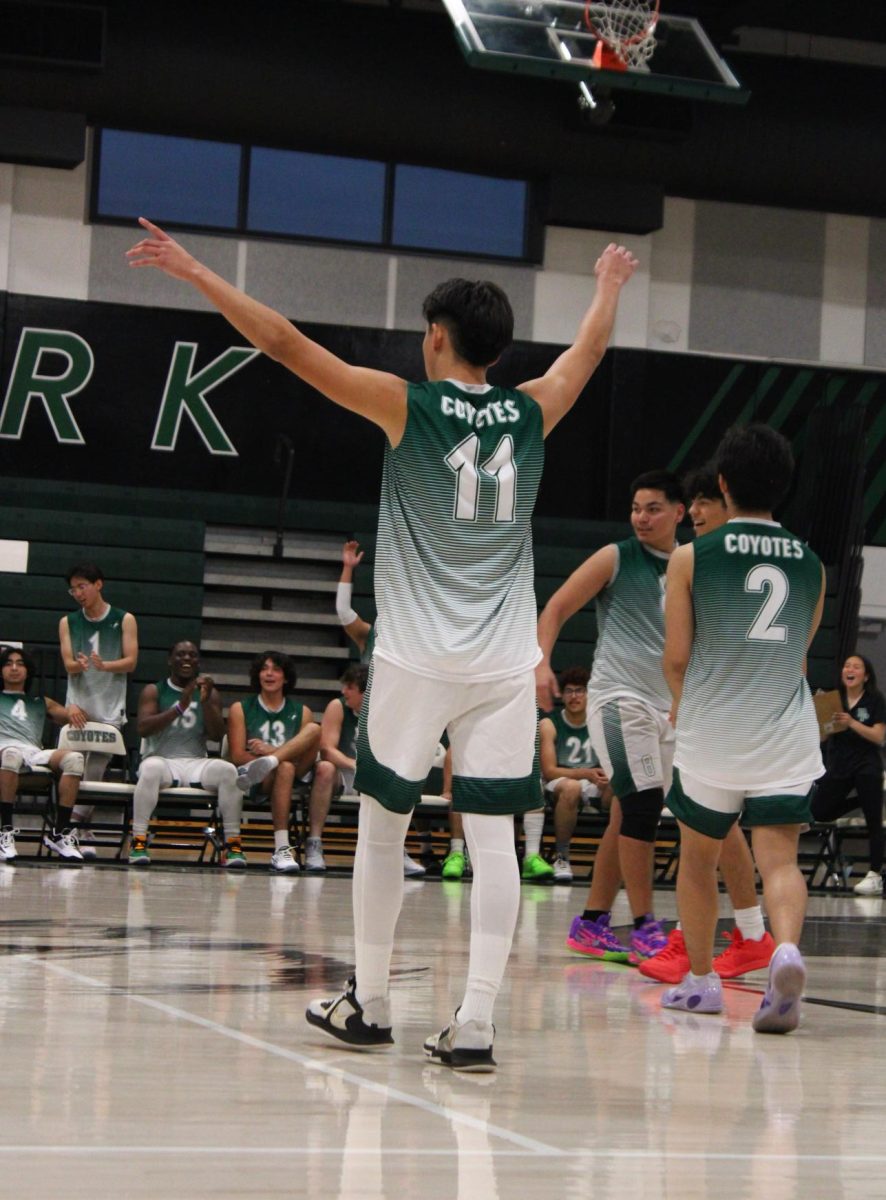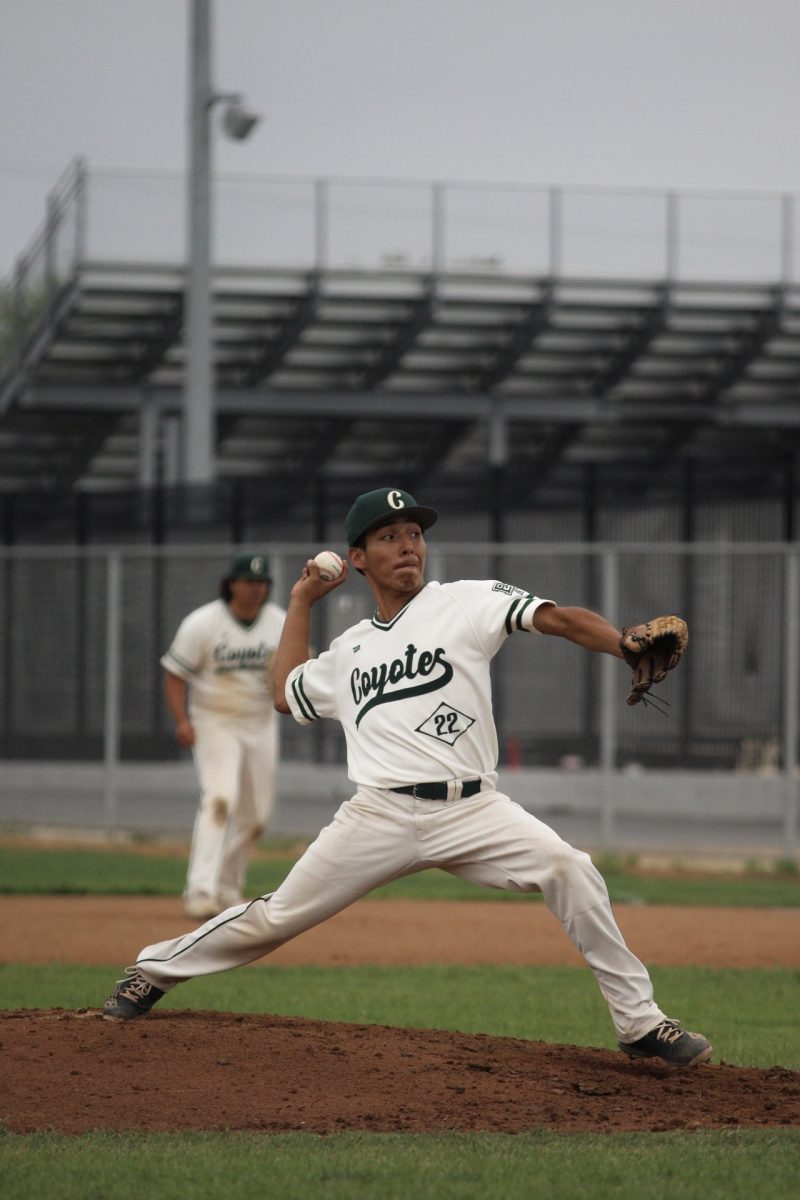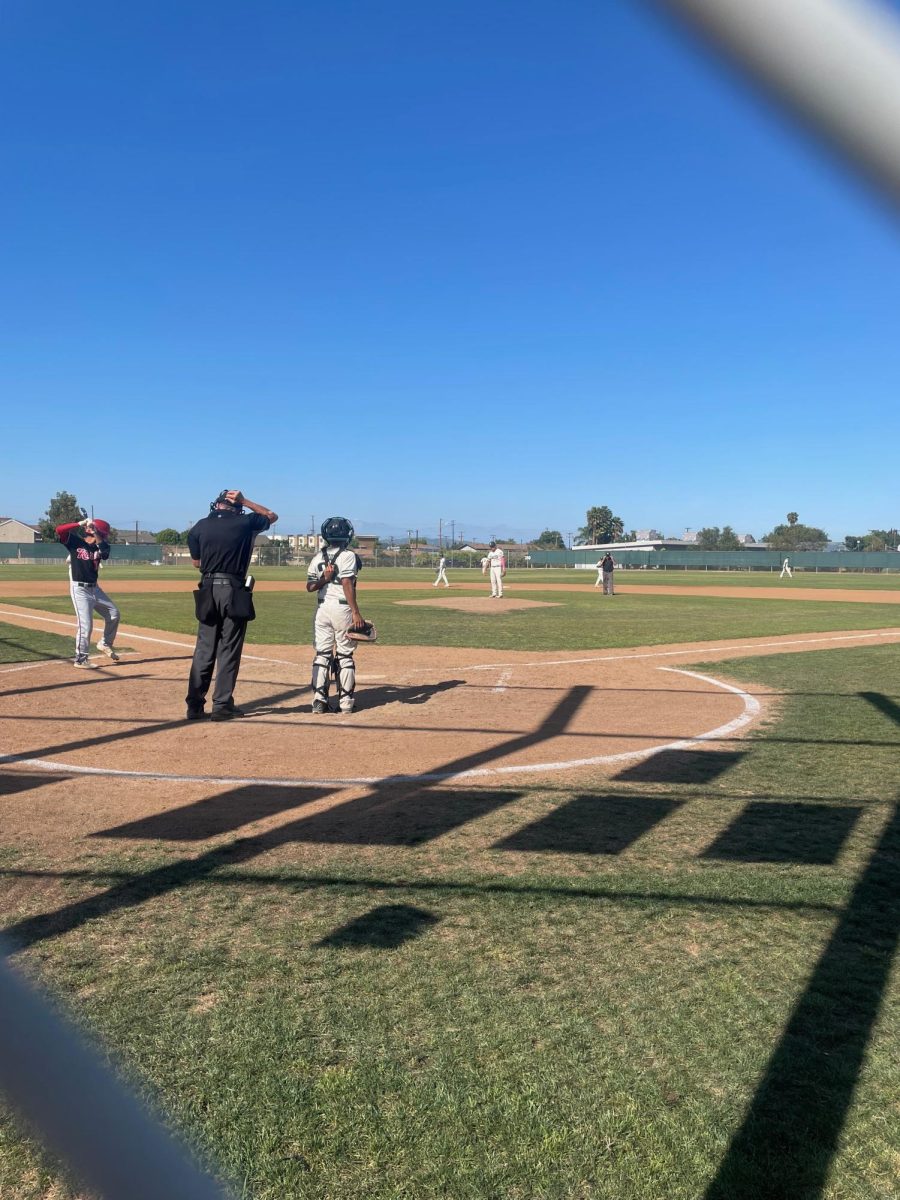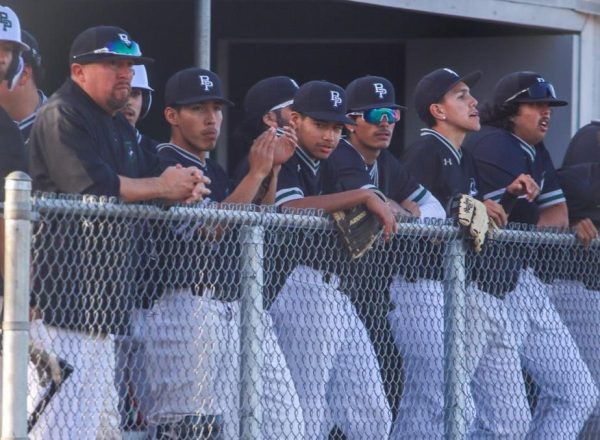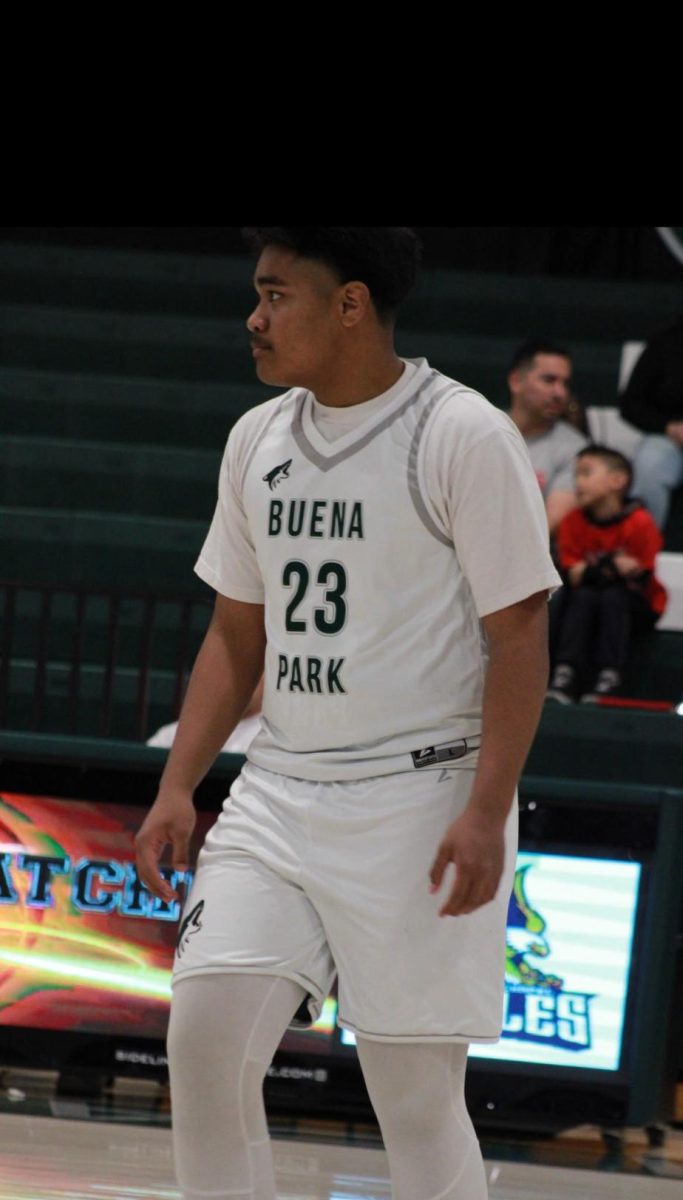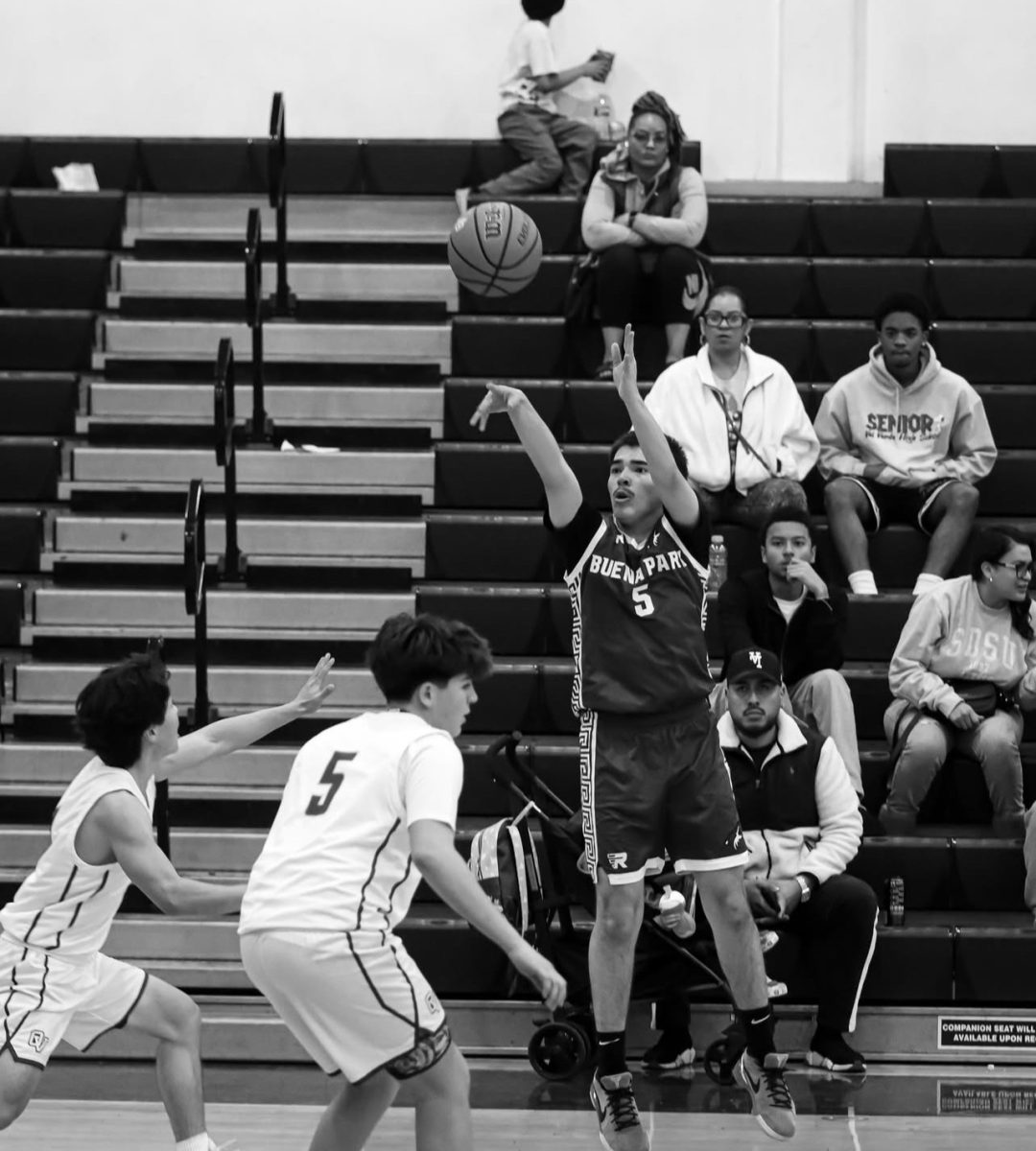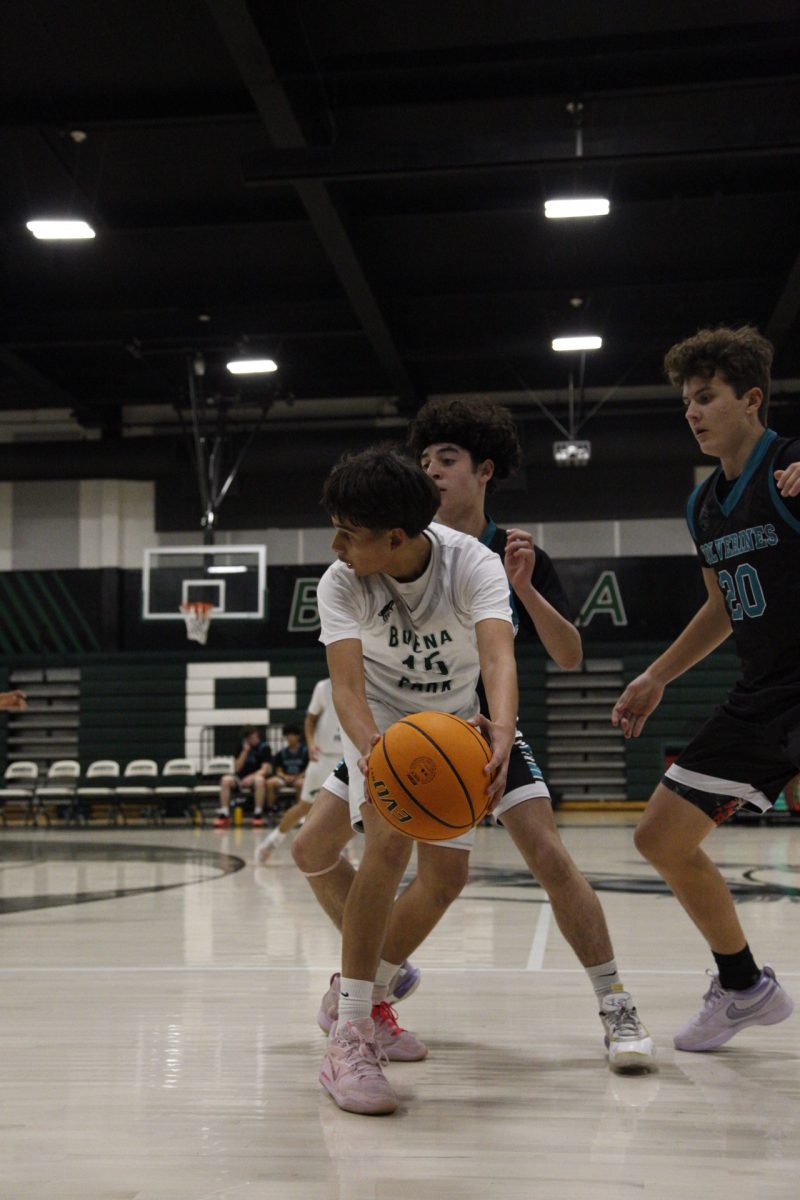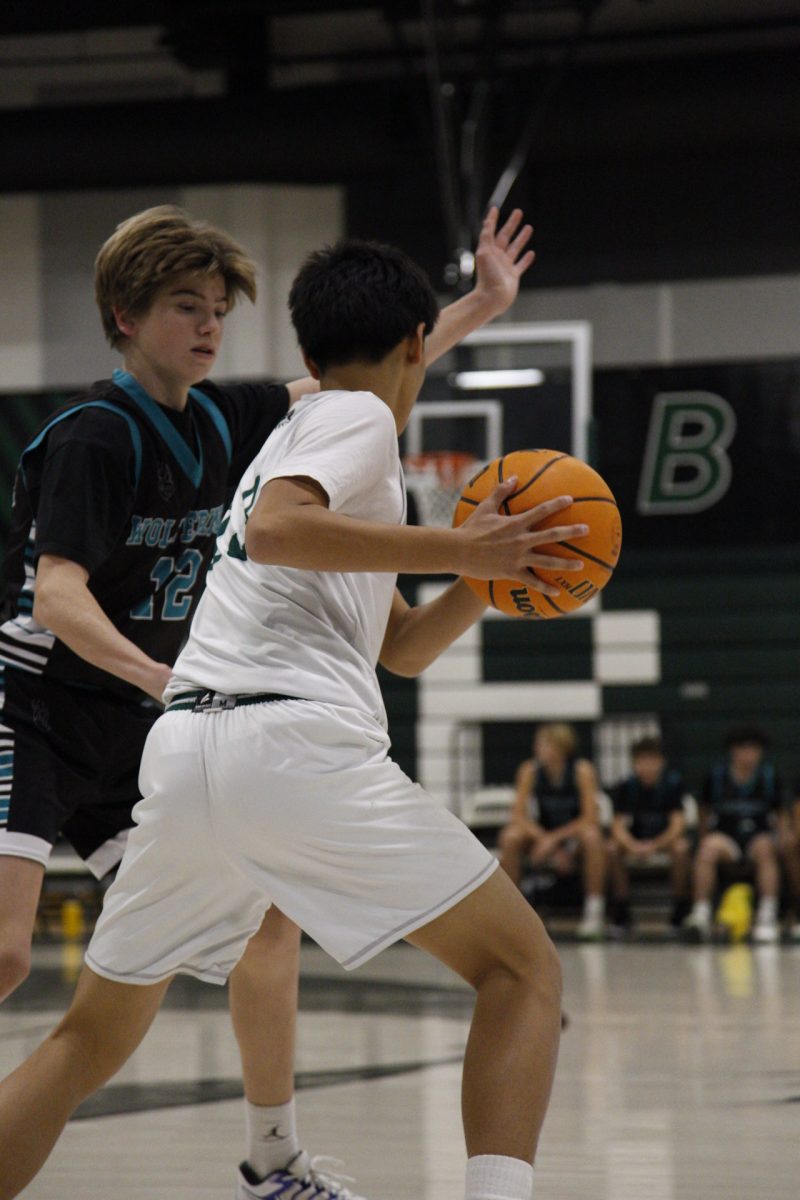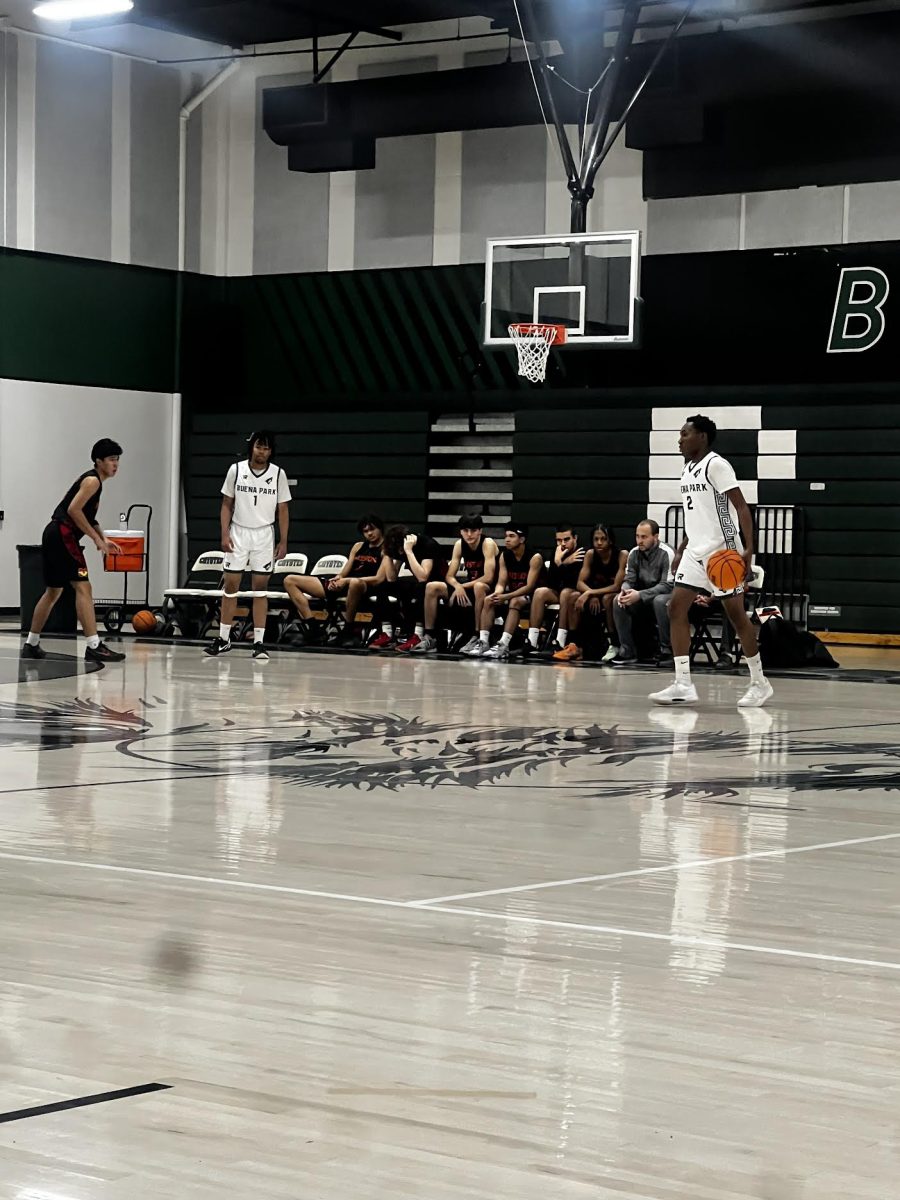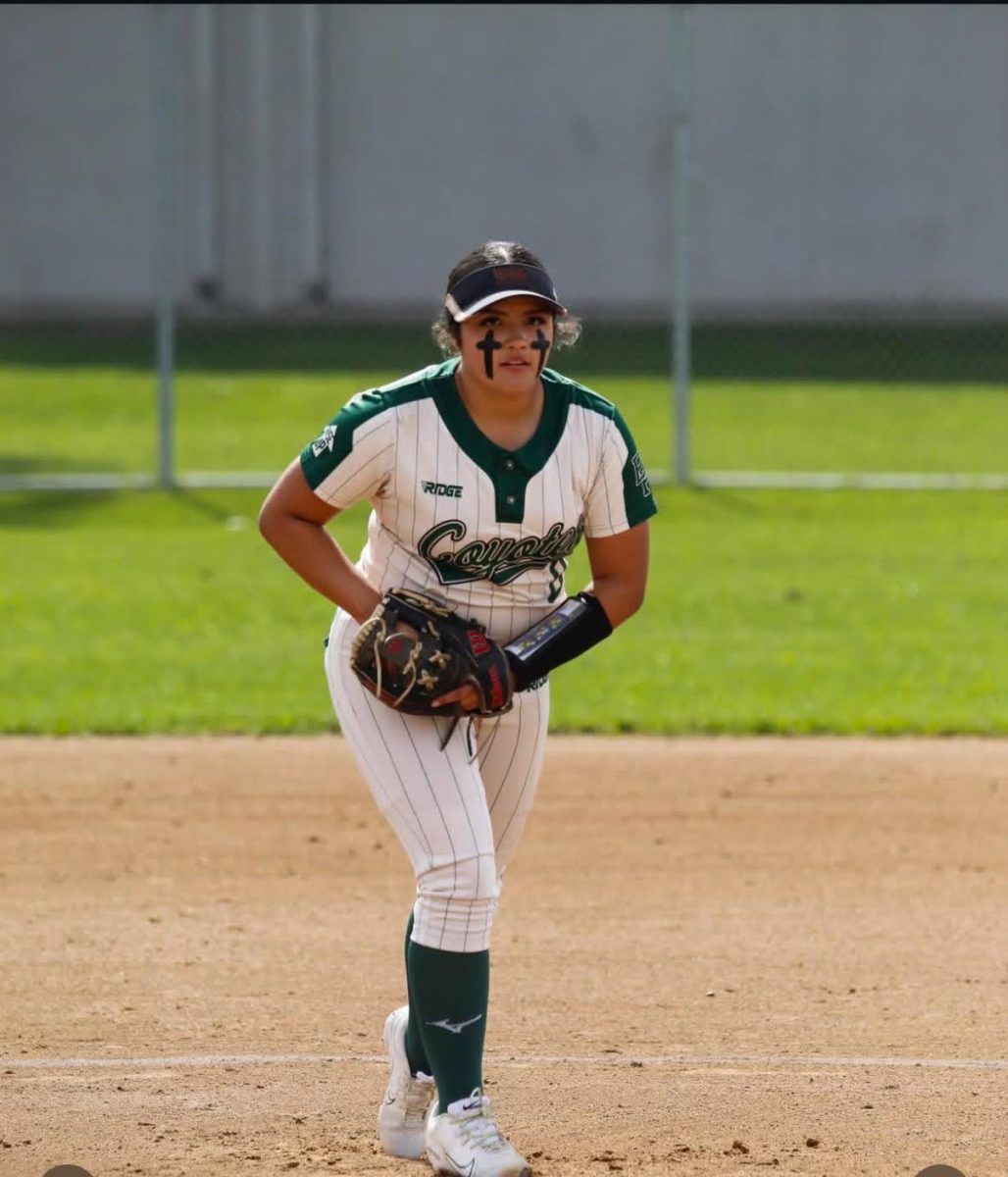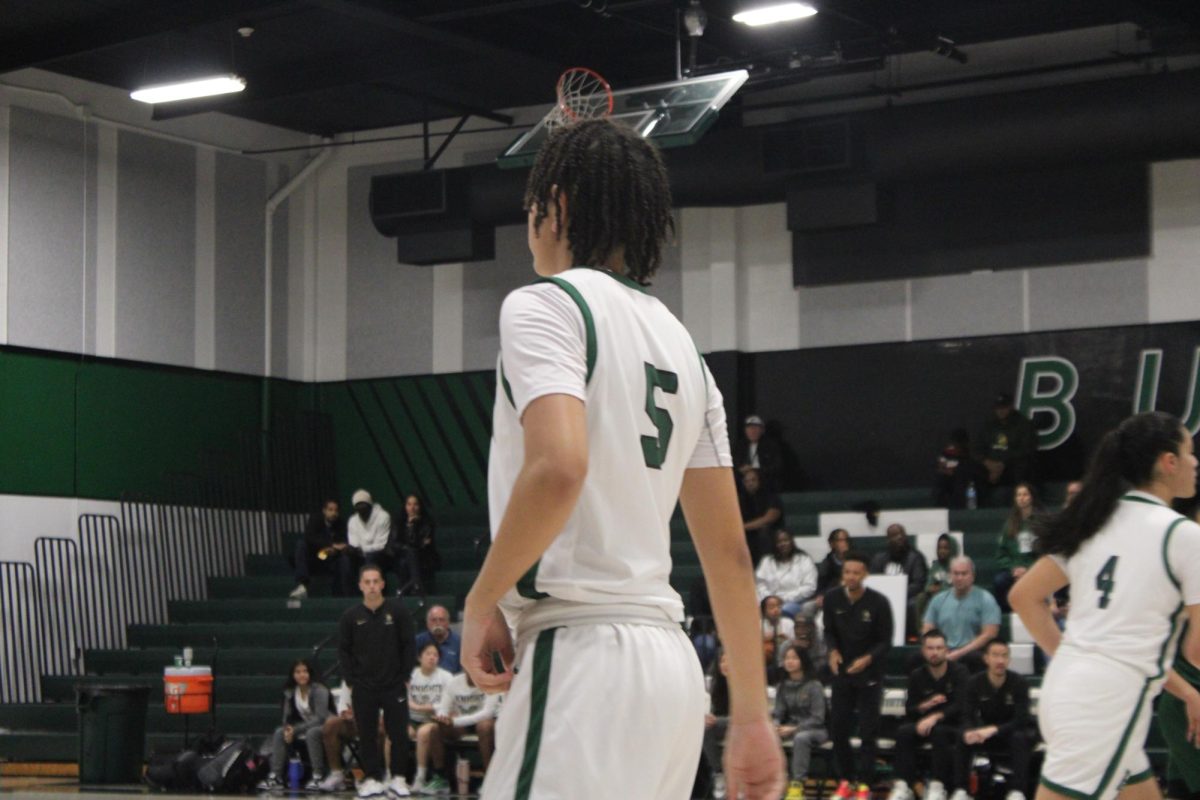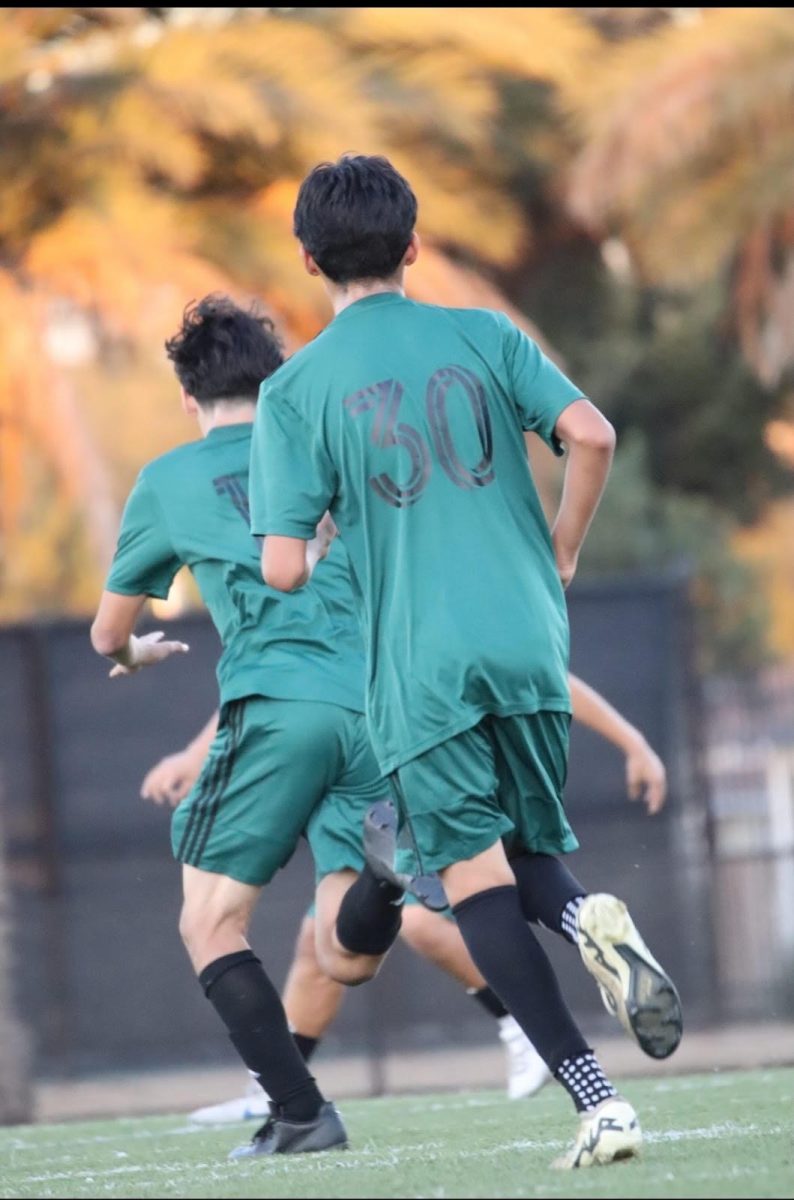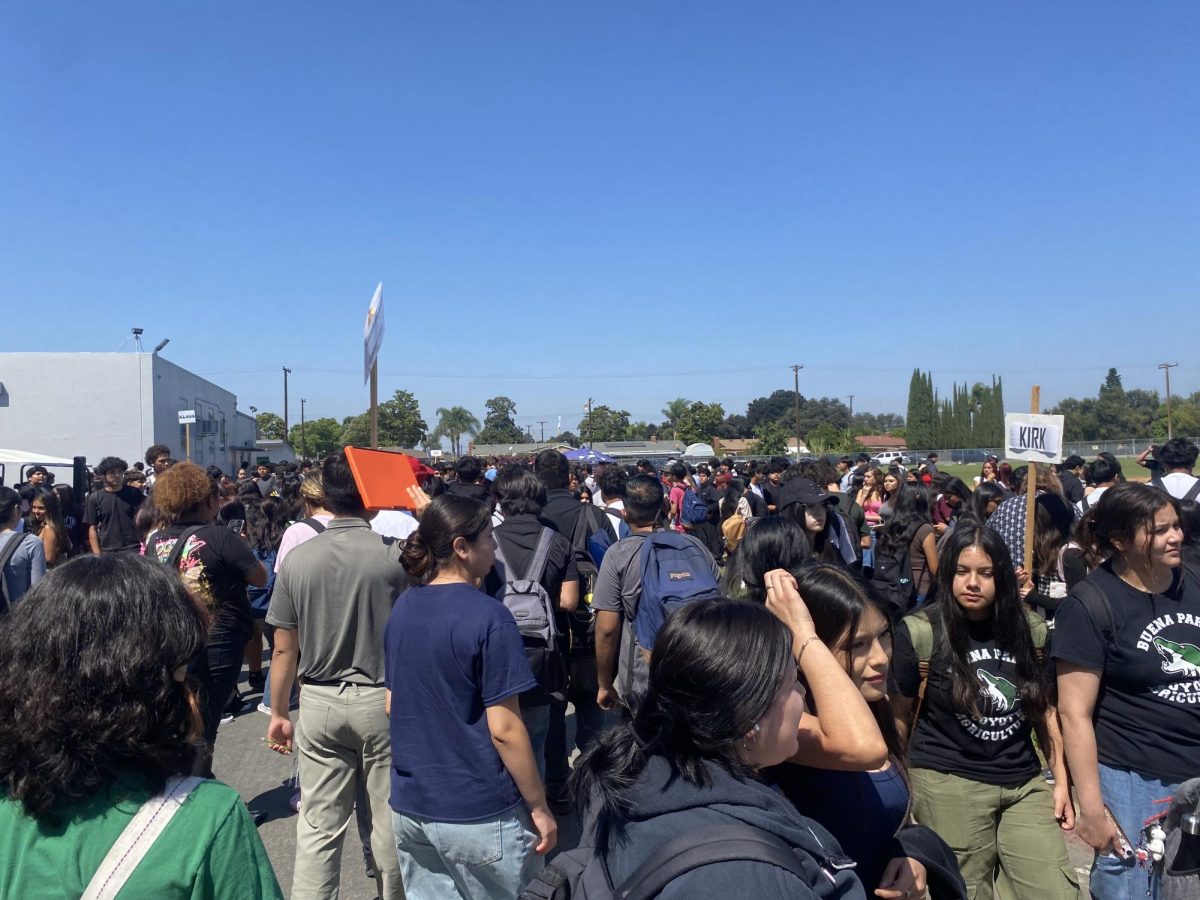Depending on which part of the US you live in, you may experience a very different emergency drill. Some places need to practice sheltering in place for a tornado or hurricane, others need to duck and cover for an earthquake. But the one event all students in the US practice for is fire. With those ear-numbing alarms, and the slow march of students to a safer area, there is not much to like about fire drills. But the importance cannot be understated. According to the National Fire Administration, last year there were nearly 100 reported house fire deaths in California. To some, this might seem like a large number, but this is nothing to previous fire disasters.
With all the fire codes and regulations we have today, fire deaths are much rarer than they were say 100 years ago. 1911, in the Greenwich Village area of Manhatten, NY, the infamous Triangle Shirtwaist Factory Fire occurred, killing 146 garment workers (mostly women). There was also the Bradford City FC Stadium Fire, killing 56 and injuring 265. Both of these triggered major fire safety changes in their respective countries. As lucky as we are to have these precautions, it seems that it took meny fatalities till these safety measures were put into place.
Now, evacuating a house with a family worth of people is less complicated than evacuating a school of over 2,000, however, there are still steps that can be taken by you to keep yourself and your peers safe:
1.Listen to staff
They have been taught emergency procedures, and understand what they need to do to get everyone out safely. Listen to them to avoid confusion and panic. Also, listen when they are explaining evacuation procedures. (Sometimes done right before a drill)
2. Keep eyes and ears open
Danger can pop up at any time, try to be alert and aware of your surroundings for the safety of yourself and others safe.
3. Leave your possessions behind
In an emergency, you are the most important. Make sure to prioartize getting yourself to a safe place, not you possessions.
There are also ways you can keep yourself safe in your own home such as:
1. Understand what is a fire hazard in your home and how to be safe with them
Things such as ovens, stoves, and candles, can cause a fire if not used properly. Make sure to keep an eye on open flames, and make sure they are fully off or out before leaving.
2. Make sure all fire alarm batteries are replaced frequently
According to First Alert, you sould cheak and replace fire alarm batteries every 6 months, the alarm itself, should be replaced at least every 10 years. This may sound simple, but meny people forget. So make sure that you will be alerted in case of an emergency.
3. Have an exit strategy
This may seem quite grim, but its very important. Think, when you in your room, how meny ways do you have to escape in case of an emergency? How about in the living room? The kitchen? Its best to think about your escape route before you ever need to act on it.
We interviewed a student named Courtesy Ramirez about what she thought about our recent drill. When she was asked about how easy it was for her to find her class she said “No, not really.” And when asked about the timing of the drill she stated “I would prefer fire drills to be during class because HOWL time is supposed to be used to help students and also I want my lunchtime.”
However, when asked about the effectiveness, she states “It needs to be quicker, but I think if you do it correctly I think yes.” So, even if fire drills are not the most fun, they are extremely important. So when you get some free time, think about where you are, find a exit, and listen when teachers and staff are explaining procedures. It could just save your life.




